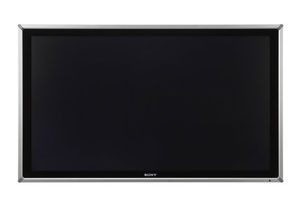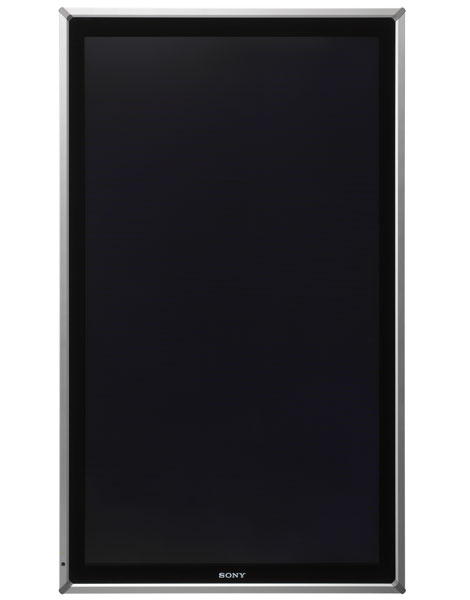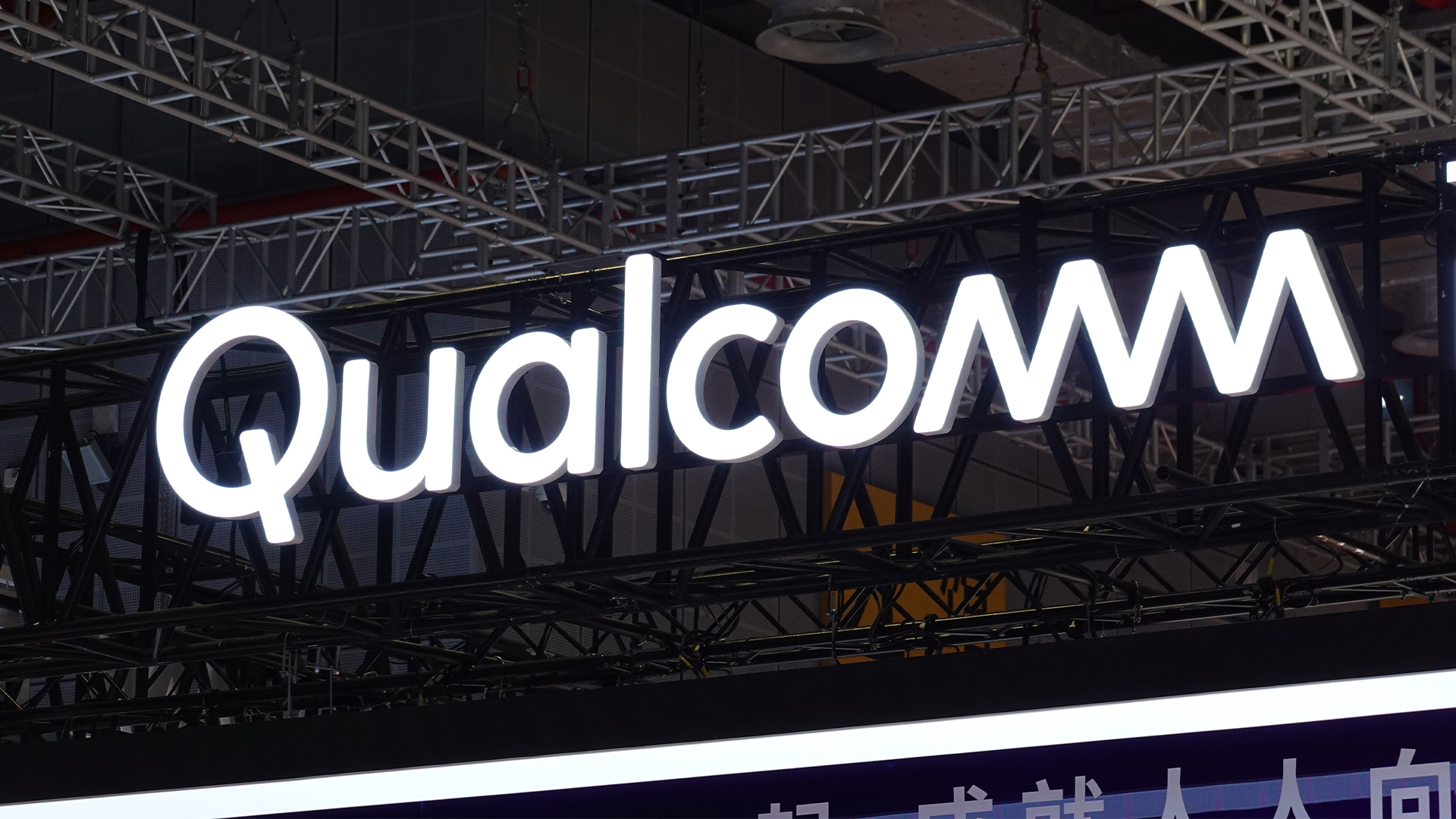Sony GXD-L52H1 review: Professional display
We review the Sony GXD-L52H1, a 52in display from Sony's professional HDTV range.

Although the L52H1 sure knows how to make an impact, it only delivers this impact with a fairly limited type of source material. If you can work within these limitations, then the L52H1 has the features and quality to be a great addition to your business. But we can’t quite shake the feeling that a screen with a price tag north of £4k should perhaps be slightly more flexible in what it’s comfortable showing.
Sony is also keen in its blurb on the L52H1 to remind us that LCD screens are renowned for their brightness - a key feature in a public environment - while at the same time tending to use less electricity than plasma alternatives. There's an extra power-saving trick up the L52H1's sleeve too, in the shape of an on/off timer. And still we're not done with the L52H1's really quite impressive stack of features.
For a start it also supports full network capability and monitoring via a built-in RJ45 port, and offers RS232C and Control-S via one of the optional connection boards.
Then there's the fact that it can be used in 2x2, 3x3, 4x1, 1x2, 1x3, 1x4, 2x1, 3x1 and 4x1 multi-display configurations and that the display control panels can be locked to prevent anyone mucking about with the screen's settings. Finally there's the fact that the screen offers picture in picture/picture and picture facilities for presenting two sources simultaneously.
So far the L52H1 has delivered quite a number of excuses for costing the relatively high sum of 4,258.48. But will its performance quality seal the deal?

The answer to this depends very much on what you feed it. As in, with bright, breezy PC data feeds and Powerpoint (et al) presentations, and bright still photography/graphics, it looks just peachy. But with more video-oriented sources, it's got an issue or two.
Starting with the good news, it's phenomenally accurate when it comes to rendering every last pixel of data from an HD PC graphics feed. There's no dot crawl noise, no stressed edging, no colour smudging, no fine detail moir interference... it's a near immaculate effort. This is made all the more remarkable by the fact that the screen achieves extreme brightness levels, particularly if you use its PC, bright environment-friendly Vivid preset.
With this much sheer light coming out of it, it's hardly surprising that the L52H1 runs with a bit more of a buzz than most LCD screens do.
Sign up today and you will receive a free copy of our Future Focus 2025 report - the leading guidance on AI, cybersecurity and other IT challenges as per 700+ senior executives
The L52H1's colours are well suited to PC-based sources too, looking bold without becoming brash, and containing some startlingly fine blends and transitions free of the sort of striping that can occur with numerous digital signage screens. If you're looking to make a real impact with aggressively bright, colourful, PC-led material, then the L52H1 is hard to beat.
-
 Qualcomm the data center with $2.4 billion Alphawave Semi acquisition
Qualcomm the data center with $2.4 billion Alphawave Semi acquisitionNews The move sees Qualcomm absorb Alphawave Semi’s portfolio of custom silicon, high-speed connectivity solutions, and chiplets
By Daniel Todd Published
-
 ‘If software development were an F1 race, these inefficiencies are the pit stops that eat into lap time’: Why developers need to sharpen their focus on documentation
‘If software development were an F1 race, these inefficiencies are the pit stops that eat into lap time’: Why developers need to sharpen their focus on documentationNews Poor documentation is a leading frustration for developers, research shows, but many are shirking responsibilities – and it's having a huge impact on efficiency.
By Ross Kelly Published
-
 OpenAI says GPT-5.2-Codex is its ‘most advanced agentic coding model yet’ – here’s what developers and cyber teams can expect
OpenAI says GPT-5.2-Codex is its ‘most advanced agentic coding model yet’ – here’s what developers and cyber teams can expectNews GPT-5.2 Codex is available immediately for paid ChatGPT users and API access will be rolled out in “coming weeks”
By Ross Kelly Published